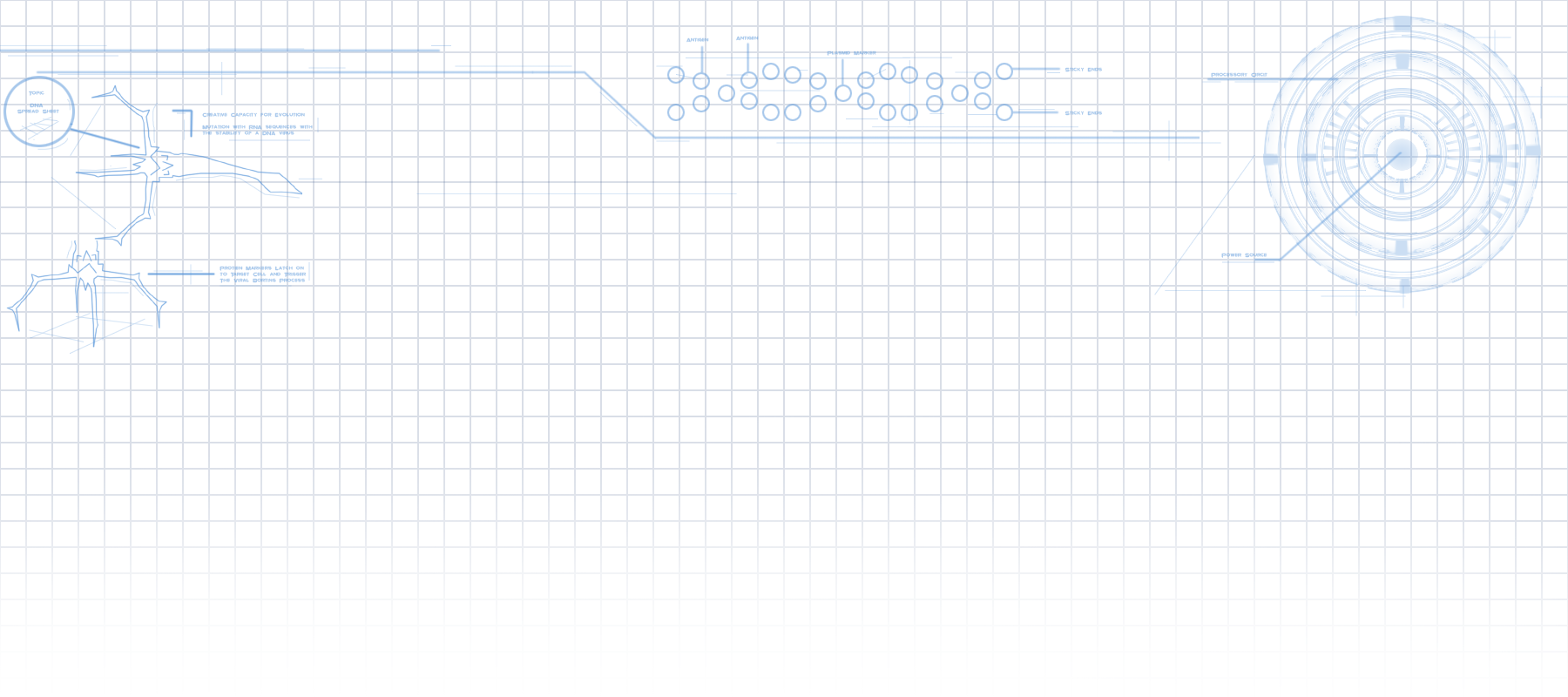Dev Blog #12 – Equipping Genes
Cleb - January 19, 2017
Just one of the many parts of CURE that really stands out as being unique and fun is how many different ways you can choose to equip items onto your characters. But… how is that done exactly?
In most games, you have ‘slots’ which can hold specific items, and when items are in those slots your character gains the stats from those items.
The idea is fairly straight forward – your character has ‘places’ that they can hold items, be them swords or axes or bows (which can be held in the hands), chainmail or heavy plate armor or robes (which can be held on one’s back), or rings on your fingers, and so on. Generally speaking, you can have one item per slot ‘equipped’ at the same time. When an item is attached to one of these slots successfully (some items may have requirements such as players level, their class, or other such requirements) that player gains all of the additional properties from that item onto their character. Some item equipped in this way, may add some pretty unique effects, dramatically changing how that character is used.
In some games, they take it a step further, and require ‘sets’ of items to be all equipped in order to reap additional benefits.
Using Diablo 2 as an example, the above picture shows a set item that is equipped on a belt slot. The belt in question on it’s own adds to: dexterity, mana, damage converted to mana, chance of finding items, and lowers the requirements to use that item. However, in green below, it also adds: Faster Cast Rate and Defense. And further down still, the brown properties add: Replenish life, and chance of getting magic items. These green and brown stats are bonus stats which are only unlocked by equipping enough ‘set items’ at the same time. In this set, there is a belt (depicted with stats above), a helmet, a weapon, a chest piece (as well as an amulet not depicted here). The more items that you equipt from that set, the more bonus properties each said item unlocks. For all the details about this set, you can read more here: http://classic.battle.net/diablo2exp/items/sets/sets7.shtml#talrashas
CURE is very different from these traditional games in many ways.
In CURE you do have items which are called Genes. Genes are placed into the DNA of your organism. Each Unit will have its own section of DNA that it looks at for Genes. So you have your DNA chain as we call it where you can place items or genes, however unlike most games these are not finite slots. We call it a DNA chain because each gene acts like a link in the chain. So in CURE your items will be displayed in a long line of one Gene after another. Each gene performing its function upgrading your unit. So at this point its not that complicated you put genes into your unit one after another in a horizontal line, and they all contribute to your units abilities. Where our system really gets interesting is how those genes interact with each other along your DNA chain. Genes can modify each other changing their own stats and other Genes on your DNA chain. These changes can stack leading to a very intricate and intense unit building system that relies on the player’s knowledge and skill to create very powerful units. In CURE having good items is only the first step how you make those items interact with each other will truly unlock the potential of your units separating them from everyone else.
*The image above shows 3 genes in a row, the middle gene is selected showing more information about it. The lines represent which genes are effecting the middle selected gene.
The specifics on how this works is as follows:
The DNA chain will read your genes from left to right, calculating each gene’s effects on others in that order. For example if you had two genes and the first gene said “The gene to the right of this gene will gain the additional effect of +1 to hp”, then when the game reads your Genes it will give the second Gene in your DNA chain +1 to hp. You can see that if you had not put the first gene to the left you would have lost that extra boost to hp. These effects can become much more complicated that the above example leading to possibly dozens of interactions per Gene in your DNA chain.
Once the DNA has been read and all of the interactions between your Genes are calculated, the game will then actually make the changes to your units stats. There are a few basic rules you can follow to help unravel the mystery of your DNA.
- All Genes are read left to right.
- All Negative effects are calculated first, this means that your DNA is read twice the first time it does all of the calculations for just the negative effects to your Genes and unit. The second time it will calculate all of the positive effects.
- Genes can modify genes to the left of them, however any effects that target other genes that have already been read by will not be affected.
- All flat changes to a stat are added together then applied to a unit. For example all genes that add +to hp will be added together.
- All percentage increases to a stat will be added together then applied to a unit. For example all genes that add +% increase to hp will be added together and applied after your flat increases.
- All multipliers will be added together then applied to a unit. For example all genes that add multiply your hp stat by x will be added together and applied to a unit after the percentage increases are applied.
There are a few more details that we will share in future posts that will go into a little more detail on the genes themselves, however you should now have an idea of how the Genetic engineering process will work, and the potential for deep customization that it brings.
Tweet













